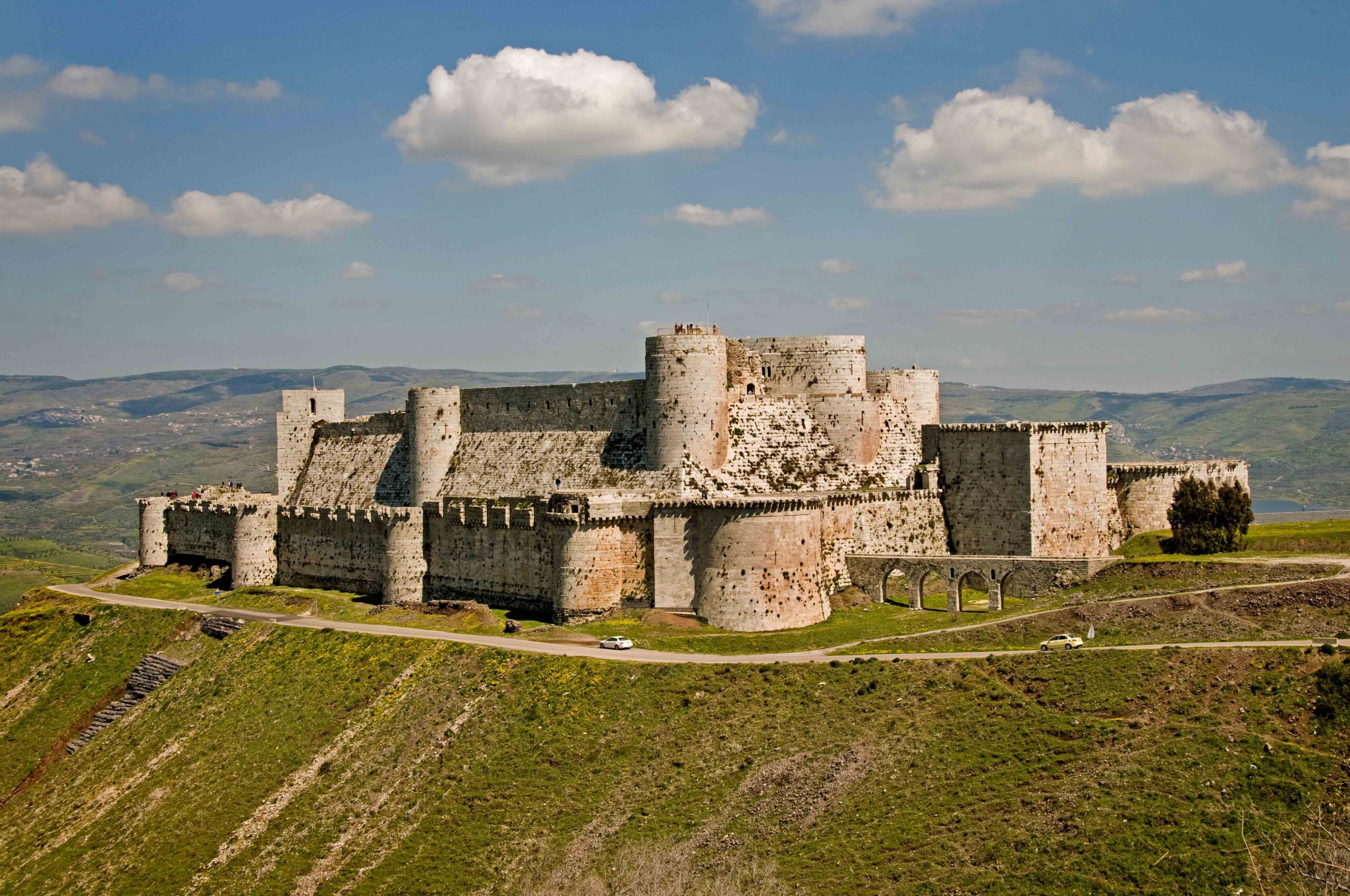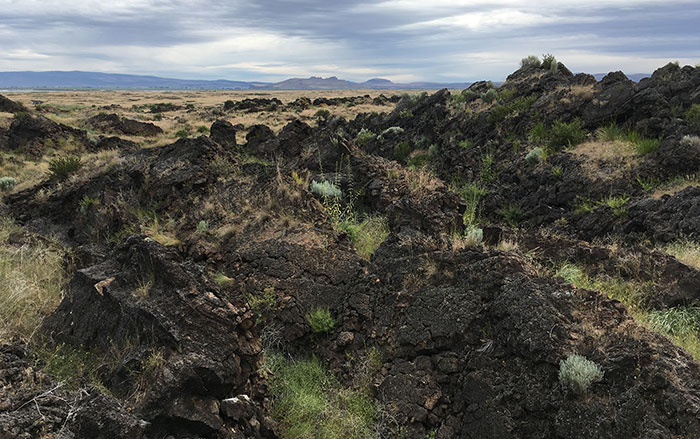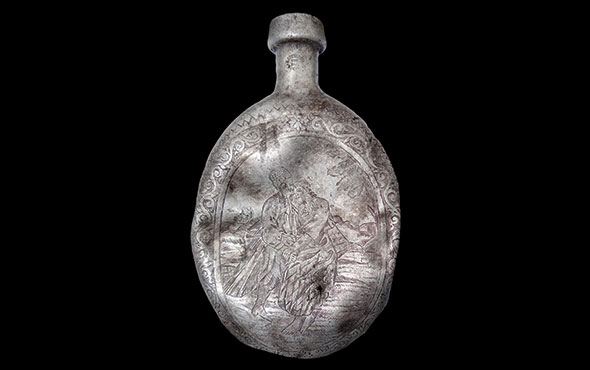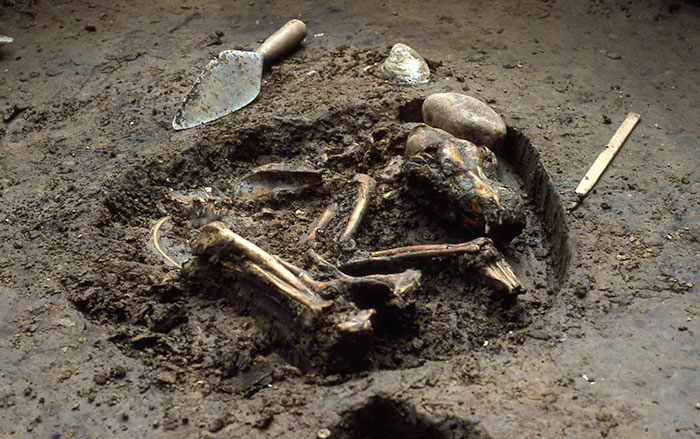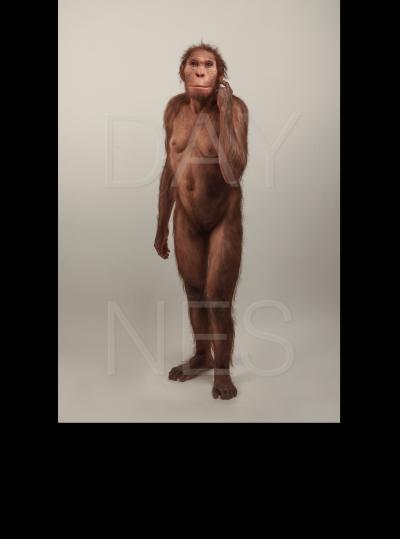
NEW YORK CITY, NEW YORK—According to a CNN report, a new study of two million-year-old fossils suggests that two hominin specimens unearthed in South Africa’s “Cradle of Humankind” in 2008 by Lee Berger of the University of the Witwatersrand are the remains of a juvenile male and adult female of the species Australopithecus sediba. It had been previously thought the two individuals may have been members of different species because of differences in their lumbar vertebrae. Anthropologist Scott Williams of New York University and his colleagues examined the collection of 135 fossils, including vertebrae, ribs, and sternums, and concluded that the differences in the vertebrae could be attributed to developmental age differences. The skeletal study also suggests A. sediba was able to walk on the ground and climb trees. To read about earlier studies of A. sediba, go to “The Human Mosaic.”







